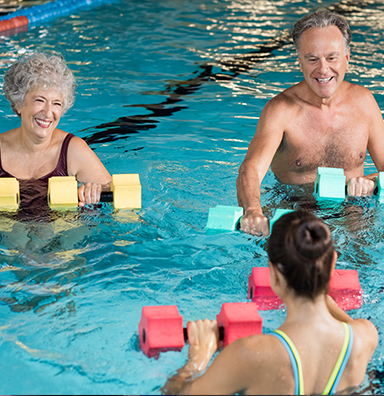Aqua therapy is consists of an exercise program that is performed in the water. It is a beneficial form of therapy that is useful for a variety of medical conditions and uses the physical properties of water to assist in patient healing and exercise performance.
Source: Verywell Health
Falls are the main reason for injuries in older adults and rank as the second-largest reason for unintentional fatal injuries. Aquatic exercise and therapy can be key to combatting these risks. It allows our loved ones to work on balance and improve bone density through weight resistance in an environment that reduces the risk of falling.
Source: National Institutes of Health
Whether you enroll your loved one in an aqua-aerobics class, participate in a medically prescribed aqua-therapy session, or just work with them to create water fun, the benefits of working out in the water are myriad.
Aqua therapy can help with:
Neurological or balance deficits limited range of motion
Water creates resistance to help build muscle mass which, in turn, increases bone density and reduces the incidence of broken bones. Care should be taken when entering or leaving the pool or spa.
It helps if you choose a warm water environment. While it doesn’t need to be bathwater warm, it reduces shock and stress to the system to choose a pool or spa that heats its water to make it easier to enter and less intensive to warm up the muscles.
Source: Alternatives for Seniors and Fit to Function Kinesiology
Tips for Starting Aqua Therapy
- Find a heated pool or spa.
2. Invest in a good pair of water shoes.
3. If your loved one is nervous about the water, a flotation vest can help them have better peace of mind.
4. Start slowly at 5 minutes and gradually increase to 30 minutes a day.
5. Consider enrolling in a class to add a social component.
6. As with any exercise program, drink plenty of water to stay hydrated.
Source: American Physical Therapy Association

Some Exercises to Get Started with Aqua Therapy
Water Walking
You do not need to set your loved one up with a complex routine of exercises. Many of the on-land falls happen while they are simply walking from one place to another. Water walking is a great way to work and strengthen those specific muscles. Have them wade in to about waist deep than simply walk around as they would out of the water; swing their arms, keep their back straight, and try to walk normally (heel to toe). For added intensity, have them walk backward or increase the speed. Jogging in place works well, too.
Sidestepping
Closely related to water walking, sidestepping will help create lateral stability for your older adult. Have them hold the wall and take sideways steps with their toes facing the wall. They might favor going in the direction of their dominant or stronger leg and should be encouraged to go in the opposite direction too.
Arm Circles
Have your senior stand near a wall submerged to their shoulders, with one foot in front of the other for balance. They can then raise their arms to the side and make circle motions under the water. Aim for fifteen on each side then reverse the direction of the circle.
Wall Chair
With your loved one standing in a corner of the pool in chest-deep water, have them face the center of the pool and hold onto the wall with their hands or bent elbows. From here have them try to lift their legs extended straight or bend knees toward their chest. This is a good exercise for core muscles. A modified version can be done with them facing the wall and bringing their bent knees up if they are uncomfortable with the grip behind their back.
Leg Swings
Standing in waist-deep water, have your loved one hold the edge of the pool with one hand and swing their outside leg forward paralleling the wall for five or more seconds and then backward for the same amount of time. The goal would be 10 to 15 reps per leg.
Source: American Senior Communities and American Physical Therapy Association
Before Starting Any Exercise Program
People with high blood pressure, congestive heart failure, or breathing disorders should limit the exercises to ones done with the water waist-deep. Deeper water can cause undue stress on the cardiovascular system. Always talk with your loved one’s physician to determine if there are any risks or limitations.
Source: Aging Care



